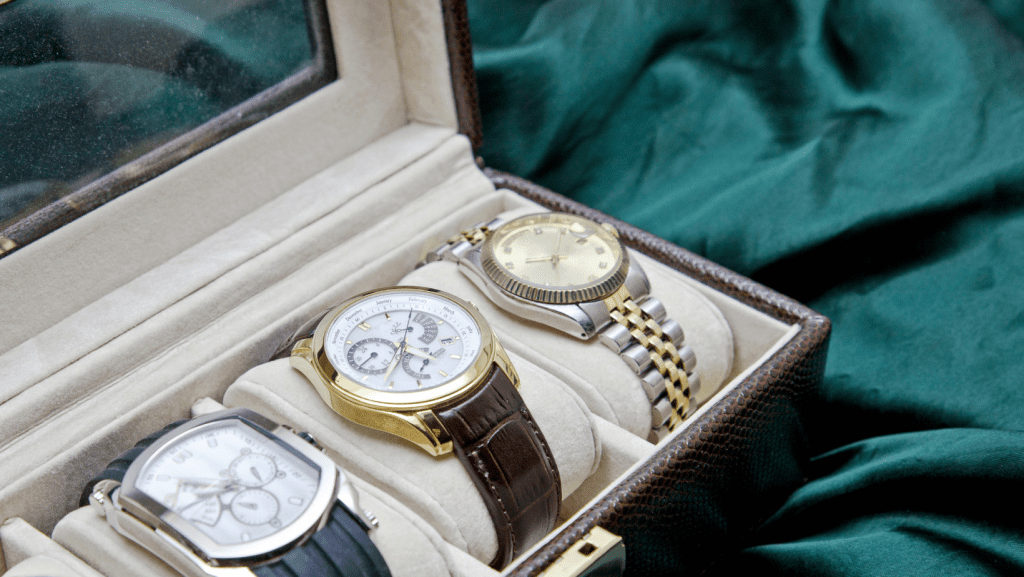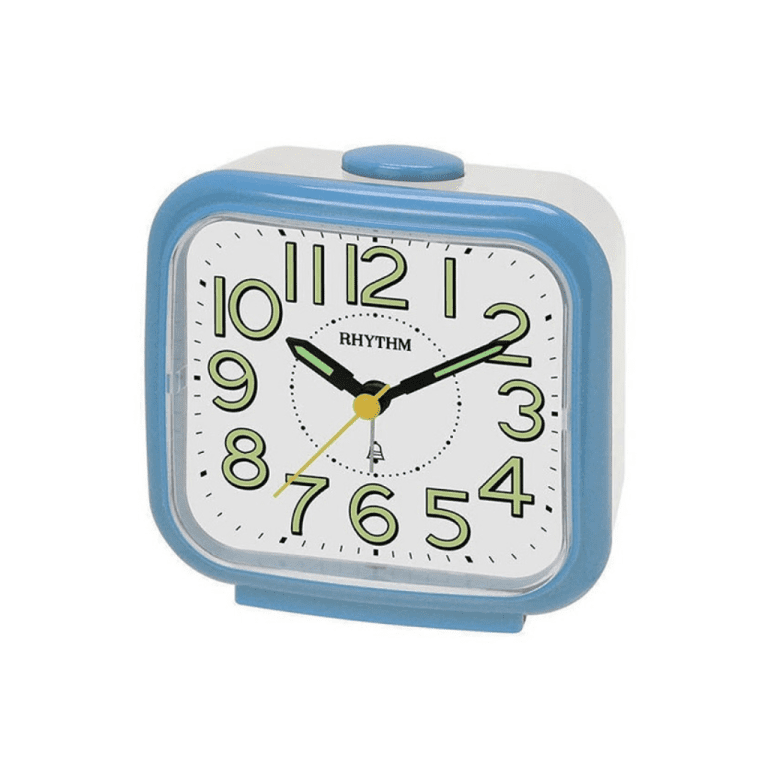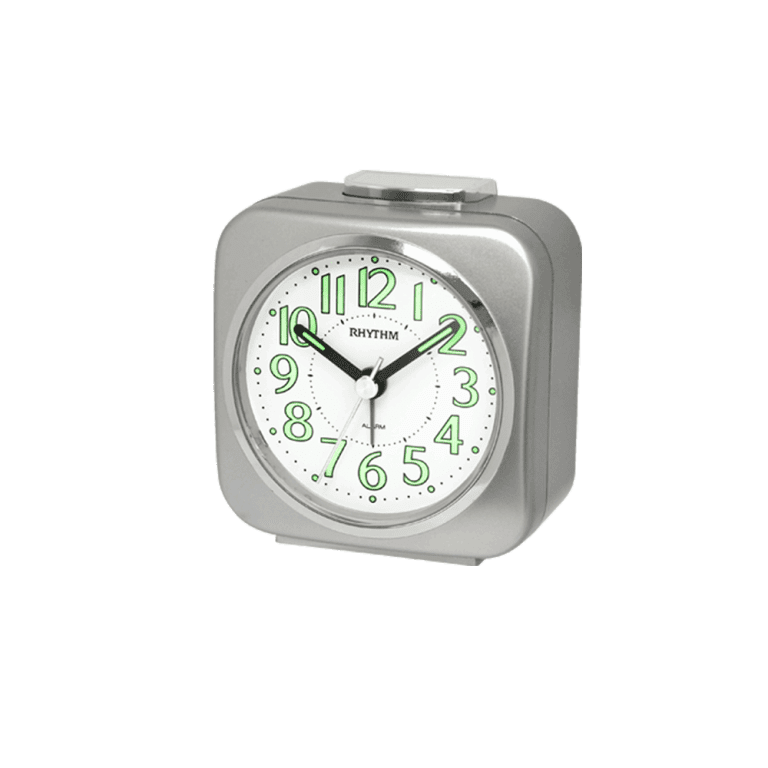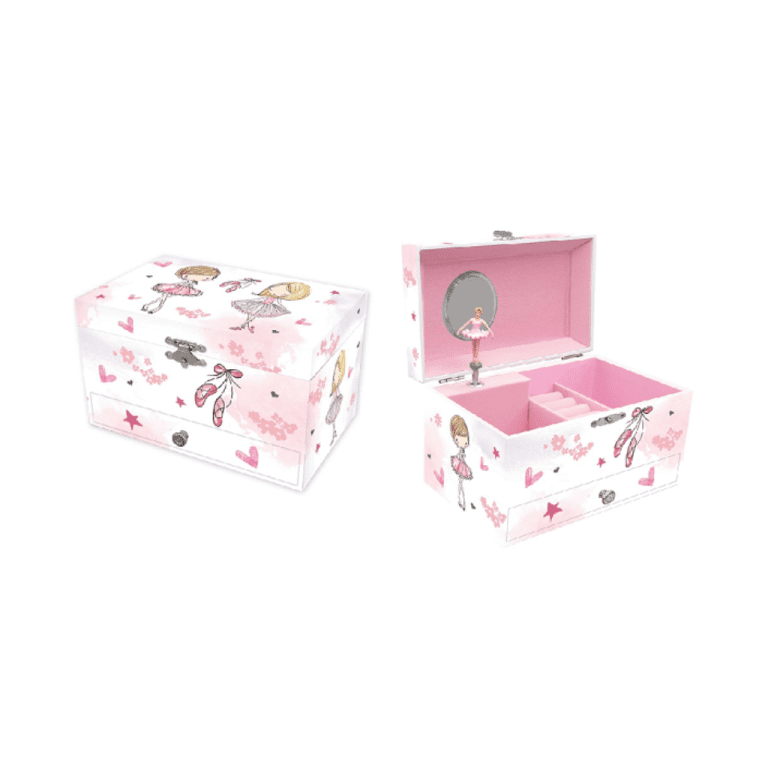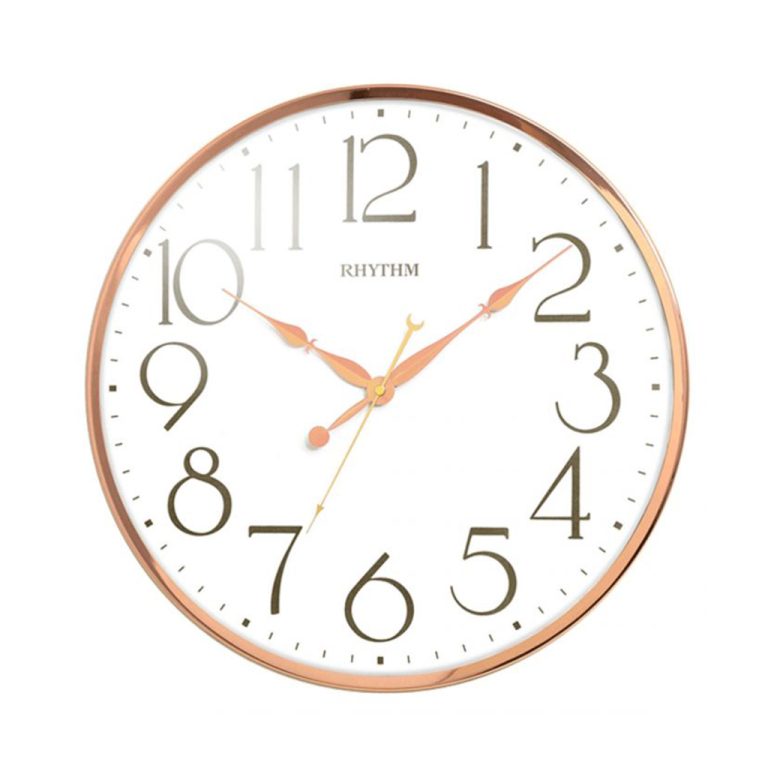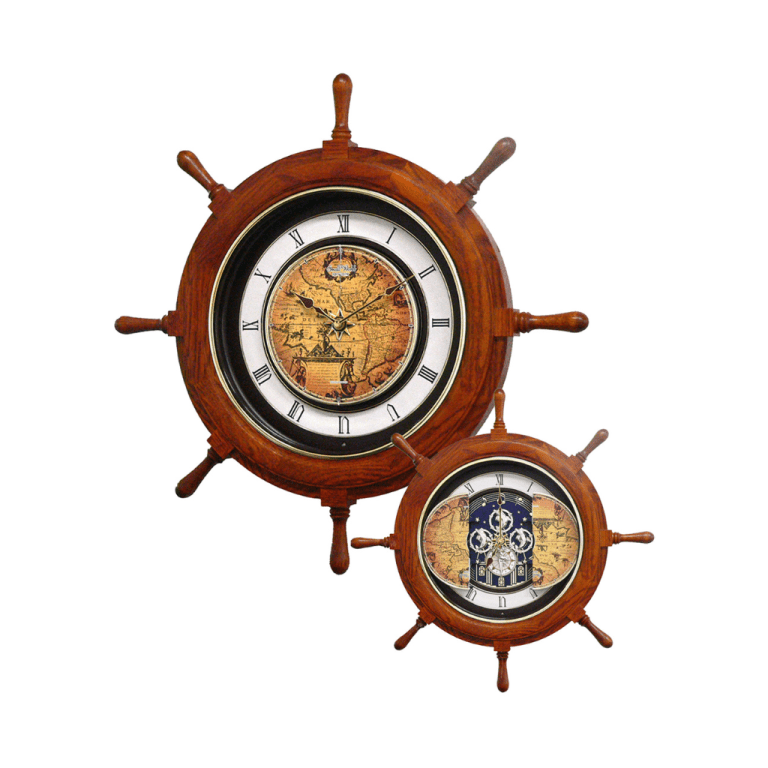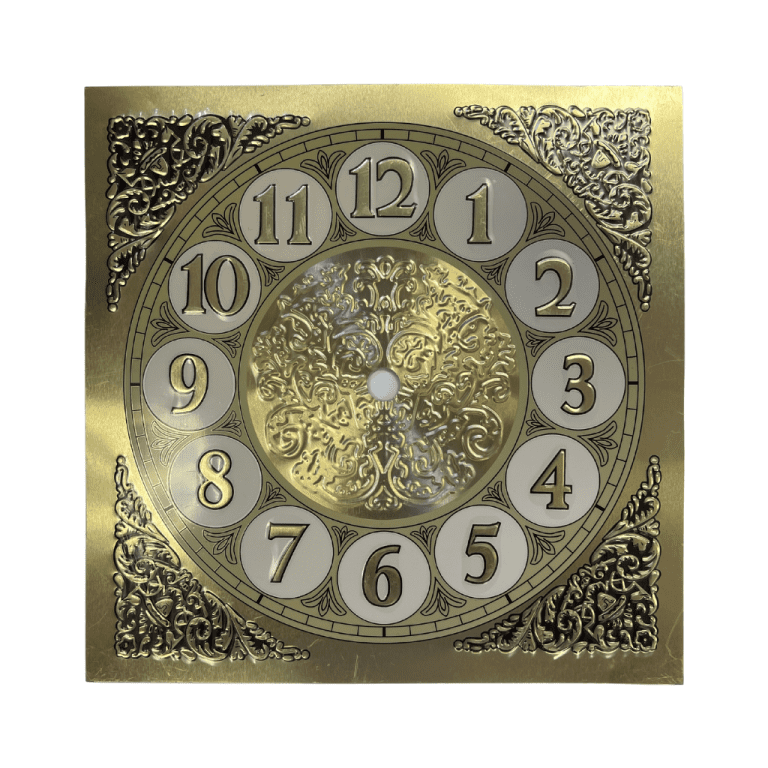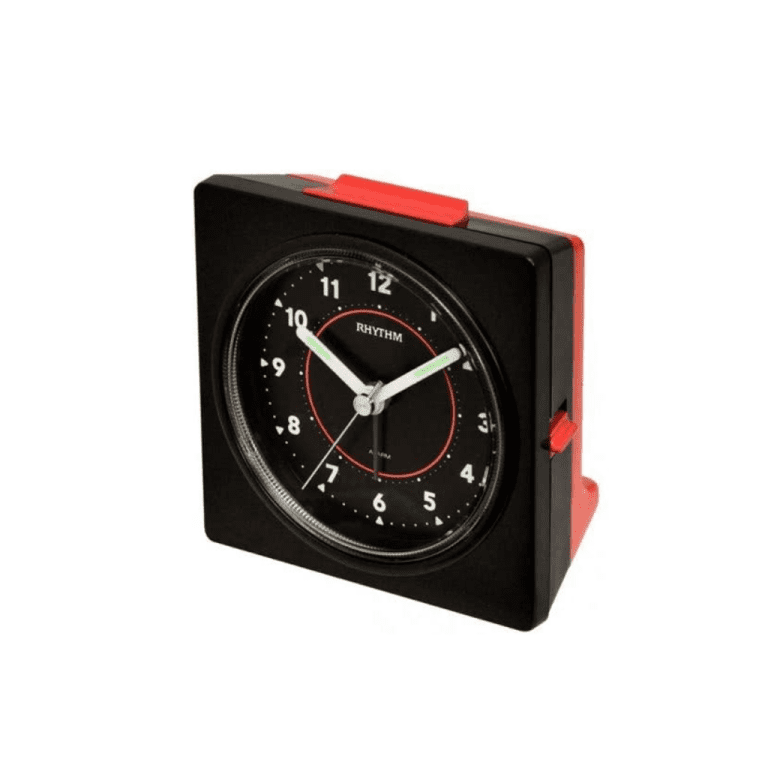People first began wearing wristwatches in the 19th century as a valuable and portable tool to tell the time. Right from the outset, there were marked differences between men’s and women’s watches which continue today. So what are these differences?
The main differences between men’s and women’s watches include:
- Size
- Weight
- Strap to face ratio
- Color
- Style
- Features
- Fashion goals
Unisex watches incorporate the best features of men’s and women’s watches and can be worn by anyone.
If you have ever wondered what the main differences between men’s and women’s watches are, this article will discuss everything you need to know.
Women’s Watches Are Smaller and Lighter
Women generally have smaller and thinner wrists and hands than men. This means that men can get away with wearing larger and heavier watches, while the same size watch might not be suitable for a woman and could even cause discomfort or wrist strain.
Let’s take a look at how women’s watches are smaller and lighter than men’s timepieces.
Watch Face
The larger a watch face is, the heavier it is likely to be, which is why men’s watch faces tend to be larger.
A more prominent watch face will not look out of place on a man’s wrist, but the same size face could look overstated and bulky when worn by a woman. By the same token, a small wristwatch face on a man can look disproportionate and drowned out.
Watch Strap
Men’s watches typically have broader and longer watch straps to accommodate their larger wrists and to support a more prominent watch face, while a woman’s watch strap is usually more slender and shorter.
Women’s watch straps often taper off at the ends, while a man’s watch strap typically only tapers close to the watch face and gradually becomes wider. Watch straps are designed to complement watch faces and a bulky watch face will not look optimal with a dainty watch strap.
The opposite is also true.
Strap To Face Width Ratio
The greater the ratio between watch strap and watch face width, the more likely it is to be a woman’s watch. For instance, a woman’s watch with a strap to face ratio of 1:3 indicates that the strap is slender, dainty and enhances the look of the small watch face.
Men’s watches usually have a watch strap to face width ratio that is closer to 1, meaning that the strap is often the same width as the watch face.
They Differ in Color and Style
A watch’s color and style is another typical indicator of whether it is intended for a woman or a man.
Men’s watches tend to come in a much more limited range of colors. They feature bold and masculine colors, including:
- Dark blue
- Tan
- Gray
- Black
- Brown
- Muddy green
Some men’s watches do incorporate feminine colors, but these are normally used to complement the primary color.
Stylewise, men’s watches are plainer with clean lines and very few patterns.
Classic yellow gold, stainless steel, black titanium, and genuine brown leather are popular materials for men’s watch straps as they imply confidence, simplicity, and boldness.
Popular colors for women’s watches include:
- White
- Pink
- Red
- Pastel hues
- Black
When combined with primary colors, together they create a feminine and soft look.
Women’s watches can be dainty, elegant, and simple, with one or two decorative items such as a single embedded jewel. However, many women’s watch designs have intricate patterns, curving lines, and pretty clasps.
Rose gold, sterling silver, and rhodium are popular women’s watch strap materials as they have a soft, feminine, and understated color that is both elegant and pretty.
Men’s and Women’s Watches Have Different Features
Apart from their size and style, women’s and men’s watches also differ in their features.
Women’s watches often have embedded diamonds or precious stones which decorate the bezel on the watch face.
However, they have fewer technological features than men’s watches and are more simplistic in functionality. Most classic women’s watches are analog watches that do not always have a second hand but indicate the date in a minimalist way.
Technological features, including compasses, barometers, moon cycle indicators, and perpetual calendars, are popular in men’s watches. These features can give the watch a complex, busy, and ultra-modern look.
It is not unheard of for men’s watches to be made from innovative and interesting materials like carbon fiber, titanium, and ceramic.
They Have Different Fashion Goals
The differing styles of women’s and men’s watches reveal different fashion goals.
With their large, bold, traditional, and sometimes striking look, men’s watches have been designed to make a statement, show confidence and be a central showpiece for an outfit.
Women’s watches have a more low-profile, minimalist, and elegant look and feel to perfectly complement any outfit she is wearing. With their low-profile and ornamental look, they blend in and enhance an outfit, rather than being the main item.
Unisex Watches
Some men find that a typical man’s watch is too chunky, overstated, and ostentatious. In the same vein, many females do not enjoy wearing women’s watches as they are too whimsical, flowery and prefer a more substantial watch.
In such cases, a unisex watch may be the best option as it offers the best of both worlds. Unisex watches are smaller size men’s watches that accommodate both men’s and women’s wrists well.
Like women’s watches, they are elegant, understated, and minimalist in their functionality. They come in neutral colors like black, silver, or gold, classic watch colors for both men and women.
Final Thoughts
There are some critical differences between men’s and women’s watches in terms of size, weight, style, features, and fashion goals. In addition, men’s watches make bold statements, while women’s watches are more low-key.
If you want a watch that combines the best features of both men’s and women’s watches, a unisex watch is an excellent option. A unisex watch is a smaller size man’s watch that features a simple design in neutral colors.
Credited to:exceptionaltiming

